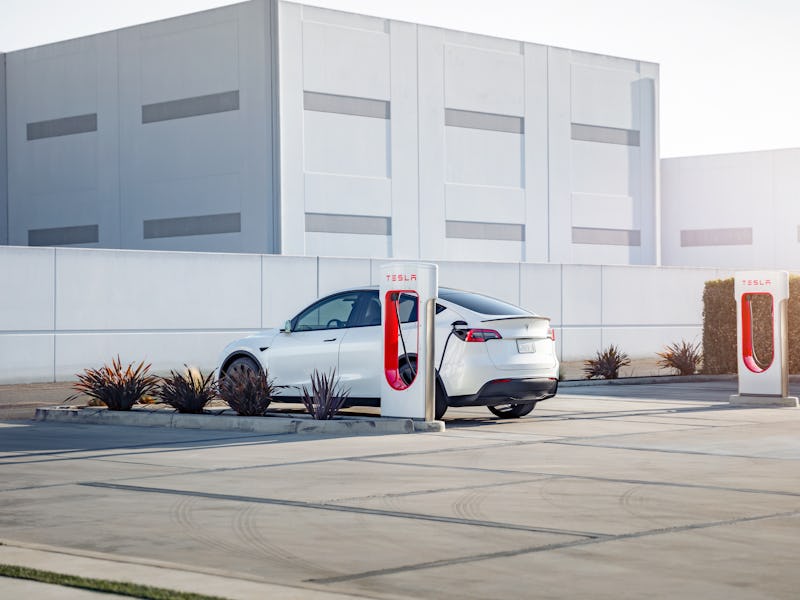Tesla Supercharger network hits a major milestone, but there's still work to do
Big gaps need to be filled before you can "drive anywhere."

On January 10, Tesla achieved something impressive. The company now operates Superchargers in all 50 states thanks to a new four-charger station in Soldotna, Alaska near Anchorage.
The first Superchargers opened in September 2012, and it’s taken just under a decade to expand the network to all 50 U.S. states — plus Puerto Rico, Canada, Mexico, Europe, the Middle East, China, Japan, South Korea, and even a couple of stations in Kazakhstan.
Back then, Tesla was the only big name in EV charging, but that’s not true anymore. Thanks to a massive infusion of cash from Volkswagen as part of its dieselgate settlement, Electrify America is the other big player in DC fast charging within the US — though “big” is a relative term.
Tesla has some 30,000 chargers (not to be confused with charging stations, which are locations that have multiple chargers) around the world, while Electrify America has just over 3,000 fast chargers at some 700 live stations around the US.
The Tesla Supercharger network is expansive, but with big gaps.
Drive anywhere — In a tweet announcing the development, Tesla claimed it was now possible to “drive anywhere in the US using the Supercharger network.” But that’s not quite the case. A look at the network map shows that not only is it still not possible to drive from the Lower 48 to Alaska (we’ll leave Hawaii out of this one), there are big chunks of the country that are inaccessible too.
Tesla has covered most of the Interstate highway network, but parts of the plains (Nebraska, South Dakota, North Dakota, Montana, and Idaho are inaccessible. There are also gaps in Nevada, North Arkansas, and a handful of other places. This is nitpicking, to be sure, but Tesla’s claim that you’ll be able to “drive anywhere” should stand up to scrutiny.
Electrify America is still a ways away from having chargers in every state too, it’s worth noting. North Dakota, Wyoming, West Virginia, Delaware, and Vermont all lack chargers (though several appear to have stations in the works), as well as Alaska and Hawaii.
Some Supercharger stations are enormous, with dozens of charging stalls.
What’s next? Electrify America says it plans to expand its network to 1,800 stations and 10,000 chargers across the US and Canada by the end of 2025, and the recently passed infrastructure bill includes $7.5 billion earmarked for EV charger development. However, it’s unclear how much of that funding will go towards EV fast-charging stations instead of the slower, but much cheaper, Level 2 charging stations you might find at a parking garage or supermarket.
But there are promising developments coming for the owners of non-Tesla electric cars. Elon Musk recently promised to open up the Supercharger network to non-Tesla EV owners who use the CCS charging standard — and the company already has an open network in parts of Europe.
Between Tesla, Electrify America, and all the other charging companies like Blink, EVGo, and Chargepoint (not to mention the upcoming Rivian-exclusive Adventure Network) we might really be able to take our EVs “anywhere” in the U.S. before too long. But there’s still a long way to go.
For more on all the exciting new EVs on the market, sign up for Jordan Golson’s free car reviews newsletter on Substack.
This article was originally published on